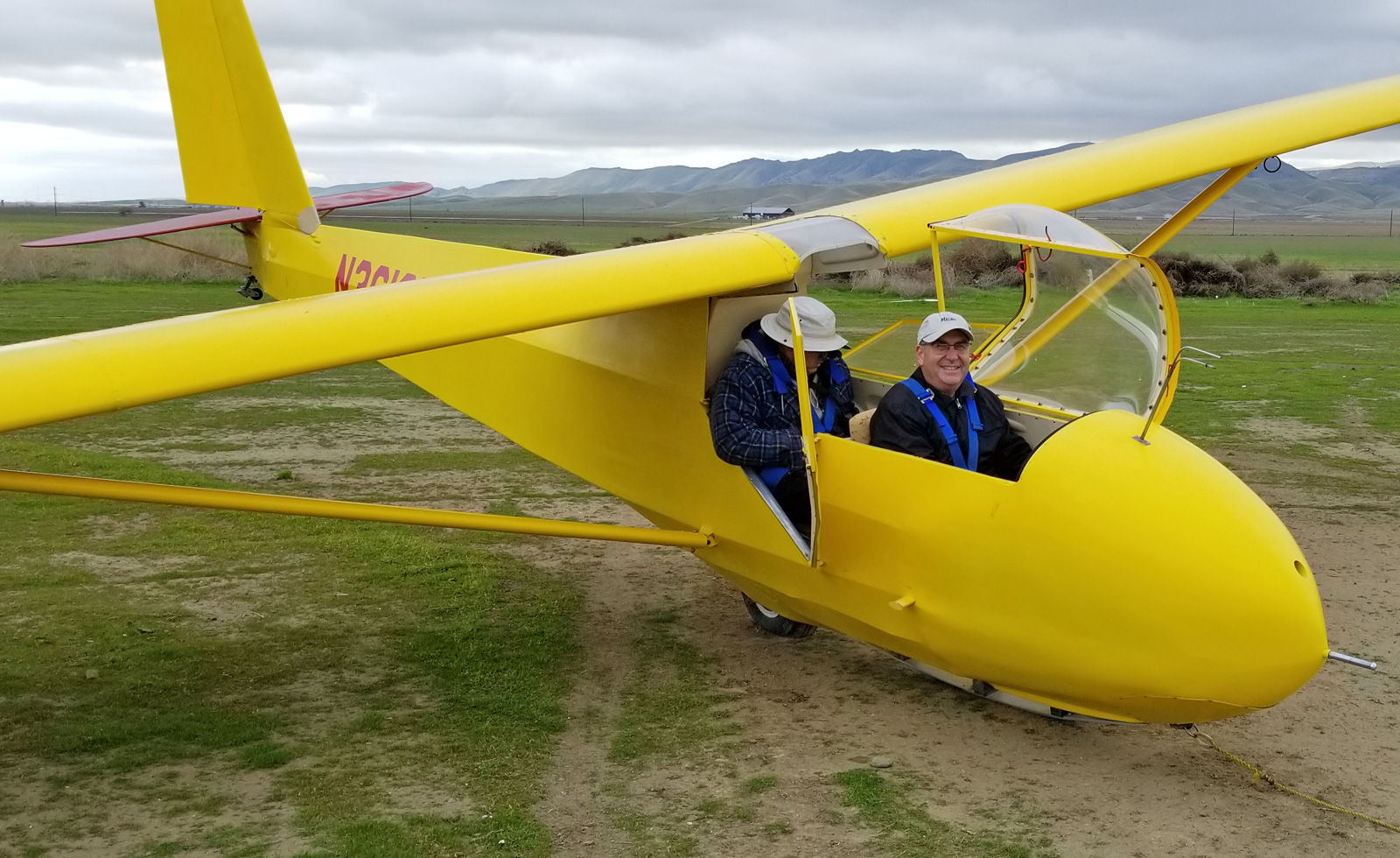I am guessing they strip the paint since paint adds weight and therefore reduces efficiency.
That said, I have never seen an video of a plane having paint removed. I’ve seen many clips of a plane being painted but never being un-painted.
I am guessing they strip the paint since paint adds weight and therefore reduces efficiency.
That said, I have never seen an video of a plane having paint removed. I’ve seen many clips of a plane being painted but never being un-painted.
Here’s a statistic I heard: Even a small two-person aircraft can take a lot of pounds of paint. This little aircraft, I’ve heard it said, takes about 40 pounds of paint:

Paint = weight = more fuel or less load.
I recall an aviation article some years ago stating that if the bottom half of the fuselage is painted rather than bare metal on a cross Atlantic flight that reduces the seating capacity by four.
In a conventional white paint, 90% of the pigment by weight is titanium dioxide. White paint is heavy.
The Space Shuttle reportedly saved 600 pounds after they stopped bothering to paint the external fuel tank white.
Back before retiring from a major aerospace company, I remember they were experimenting with two methods of paint removal.
One was using pelletized CO2 to blast off paint. No chemicals required and the paint chips could just be swept or vacuumed up.
The other method was using high powered flash tubes to basically thermally shock to paint loose from the substrate. Again, no chemicals to clean up and easy claenup of the paint chips.
Looks like Flash Jet is working.
And here
If they were chemically stripping one would expect that they would avoid any composite parts. That would certainly include the rudder, and probably other tail fin components, plus lots of other smaller bits - such as the winglets.
In that glider I mentioned above, if they put another 40-pound layer of paint on it without stripping off the existing paint first, it would make the difference between between being able to carry two people and only being able to carry one person. That would be very limiting, as that glider is used primarily for instruction.
During WWII the 8th Air Force did a similar analysis and stopped painting B17s and B24s to save a couple hundred pounds of weight. The OD was kept on the inner quarter of the 17s’ engine nacelles to prevent light reflecting into the cockpit but they didn’t bother on the 24s, that I’ve seen.
Please don’t use initials for terms that your readers probably don’t know. Thanks.
What’s an “OD”?
“OD” = “Olive Drab”, I think.
That’s not really surprising if you think about it. IIRC a gallon of water weighs about 8 pounds, so five gallons would be about 40 pounds. Paint is thicker and heavier than water, so 40 pounds of paint would be maybe four-ish gallons of paint? I could see a plane like that needing four gallons of paint to cover the whole thing.
Correct. Sorry, guys.
Here is what Boeing say’s :
“ Beyond the need for washing, the comparative cost of maintaining painted and polished surfaces is significantly affected by the policies of individual operators. Most repaint their airplanes every four years, often during a scheduled C- or D-check, but do not completely strip the paint during each cycle. Instead, they alternate between complete stripping and merely scuff-sanding the existing paint layer and applying a new topcoat”
(Bolding mine)
More details on Boeing recommendations and best practices on painting at : https://www.boeing.com/commercial/aeromagazine/aero_05/textonly/fo01txt.html
Old dollar, Rooster Cogburn’s horse.
But olive drab works.
It helped the USAAF’s decision to remove the paint in 1944 that they had air superiority over England. No need for camo on the ground.
The situation led to an interesting case where a creative maintenance crew took two damaged B17s and grafted them together at the midpoint. One of them was bare metal. But for some reason I can’t find a picture of it.
My dad few for TWA for decades, and pointed out to me one day that less paint = better fuel economy. He said that American Airlines, whose jets had less paint and more aluminum showing, was an example of a company that was benefiting from this.
(I dunno about long term effects, but let me mention that eventually, TWA was purchased by AA. Which probably means the red and white painted MD-80s my dad flew were stripped of their paint to become AA style.)
I recall that, at some point during the initial energy crises in the 1970s, Eastern Air Lines changed from a white paint scheme to bare aluminum on most of their planes, specifically noting that they were doing so to improve fuel economy.